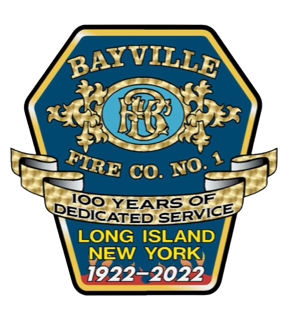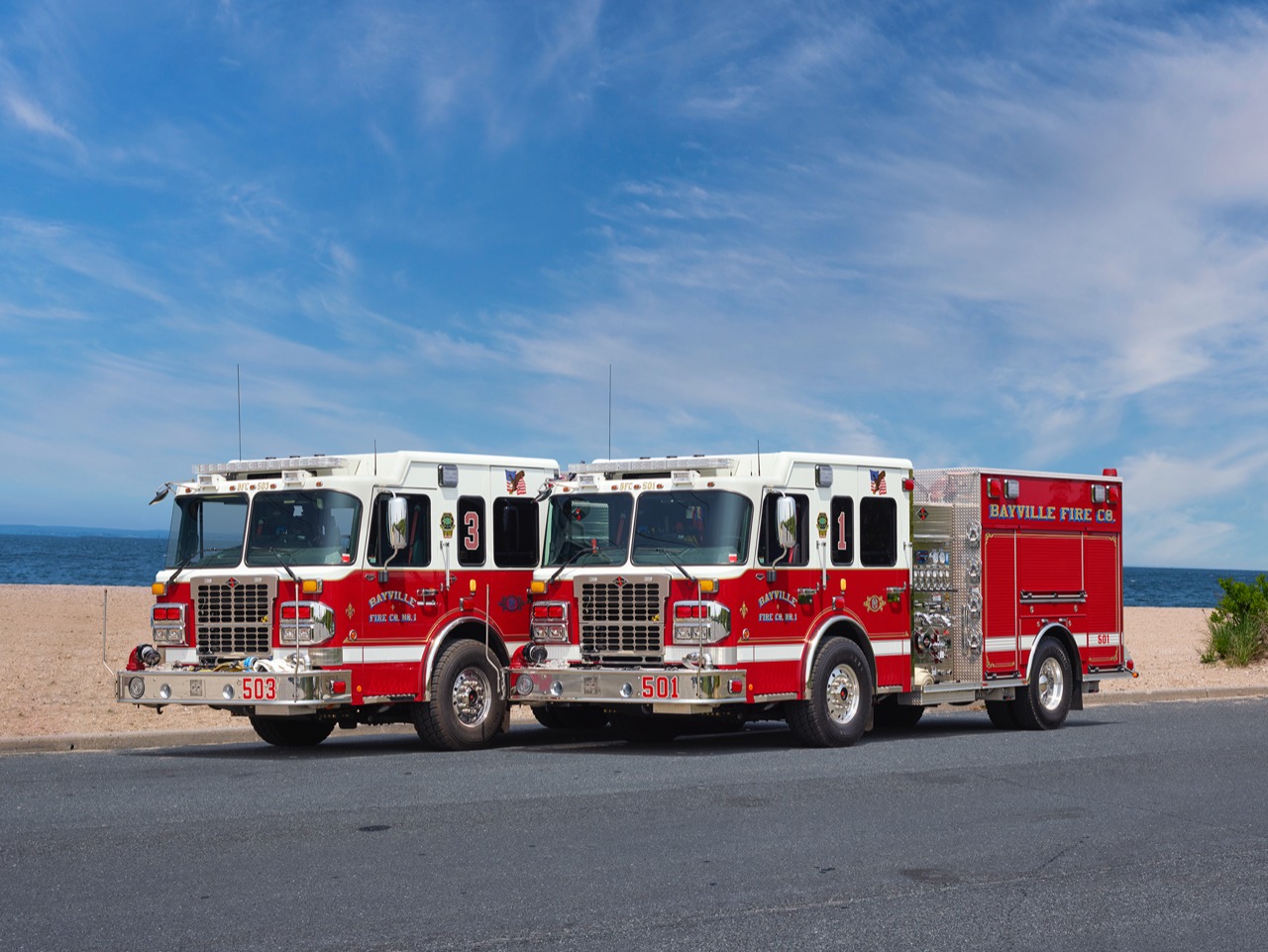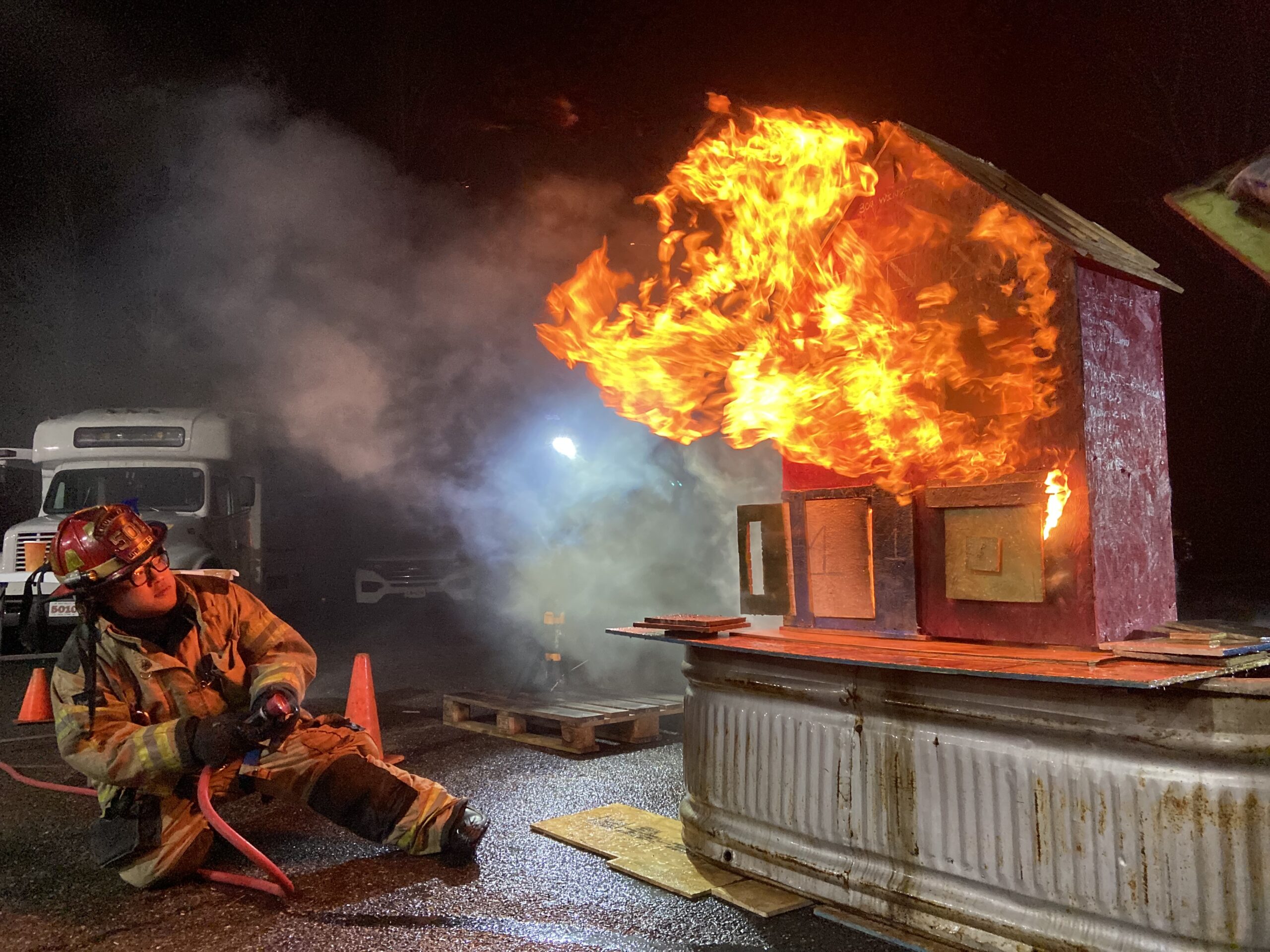Winter Safety
Winter storms - Most of the U.S. is at risk for winter storms, which can cause dangerous and sometimes life-threatening conditions. Blinding wind-driven snow, extreme cold, icy road conditions, downed trees and power lines can all wreak havoc on our daily schedules. Home fires occur more in the winter than in any other season, and heating equipment is involved in one of every six reported home fires, and one in every five home fire deaths.
Generators - Portable generators are useful during power outages, however, many homeowners are unaware that the improper use of portable generators can be risky. The most common dangers associated with portable generators are carbon monoxide (CO) poisoning, electrical shock or electrocution, and fire hazards. According to a 2013 Consumer Product Safety Commission report, half of the generator-related deaths happened in the four coldest months of the year, November through February, and portable generators were involved in the majority of carbon monoxide deaths involving engine-driven tools.
- Candles
-
Candles started more than one-third (36%) of home decoration structure fires.
-
More than half (55%) of the December home decoration fires were started by candles, compared to one-third (32%) in January to November.
-
The top three days for home candle fires were Christmas, New Year’s Day, and New Year's Eve.
-
A live Christmas tree burn shows just how quickly a dried-out Christmas tree burns, with flashover occurring in less than one minute, as compared to a well-watered tree, which burns at a much slower rate. Take care to water your tree, so that it doesn’t become a fire hazard.
-
Picking The Tree
Choose a tree with fresh, green needles that do not fall off when touched.
-
Placing the Tree
Before placing the tree in the stand, cut 2" from the base of the trunk.Make sure the tree is at least three feet away from any heat source, like fireplaces, radiators, candles, heat vents or lights.Make sure the tree is not blocking an exit.Add water to the tree stand. Be sure to add water daily.
-
Lighting The Tree
Use lights that have the label of an independent testing laboratory. Some lights are only for indoor or outdoor use.Replace any string of lights with worn or broken cords or loose bulb connections. Read the manufacturer's instructions for the number of light strands to connect.Never use lit candles to decorate the treeAlways turn off Christmas tree lights before leaving home or going to bed.
-
After Christmas
Get rid of the tree after Christmas.Dried-out trees are a fire danger and should not be left in the home or garage, or placed outside against the home.Check with your local community to find a recycling program.Bring outdoor electrical lights inside after the holidays to prevent hazards and make them last longer.
-
Picking The Tree
What you should know about home cooking safety
- Be on alert! If you are sleepy or have consumed alcohol, don’t use the stove or stovetop.
- Stay in the kitchen while you are frying, grilling, boiling, or broiling food.
- If you are simmering, baking, or roasting food, check it regularly and use a timer to remind you that you are cooking.
- Keep anything that can catch fire away from your stovetop.
If you have a cooking fire
- Just get out! When you leave, close the door behind you to help contain the fire.
- Call 9-1-1 or the local emergency number after you leave.
- If you try to fight the fire, be sure others are getting out and you have a clear way out.
- Keep a lid nearby when you’re cooking to smother small grease fires. Smother the fire by sliding the lid over the pan and turn off the stovetop. Leave the pan covered and call the fire department.
- For an oven fire, turn off the heat and keep the door closed.
Safety considerations for cooking with oil
- Always stay in the kitchen when frying on the stovetop.
- Keep an eye on what you fry. You see wisps of smoke or smells oil. Immediately turn off the burner and/or carefully remove the pan from the burner.
- Heat the oil slowly to the temperature you need for frying or sautéing.
- Add food gently to the pot or pan so the oil does not splatter.
- If the fire does not go out or you don’t feel comfortable sliding a lid over the pan, get everyone out of your home and call the fire department from outside.


